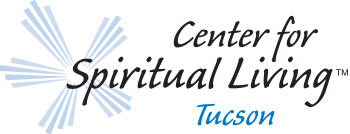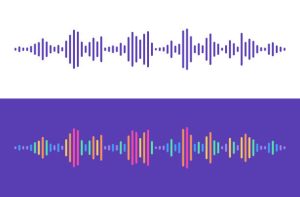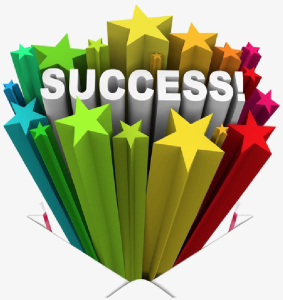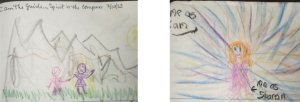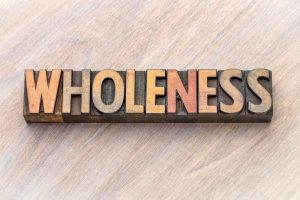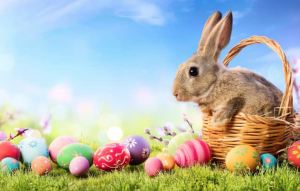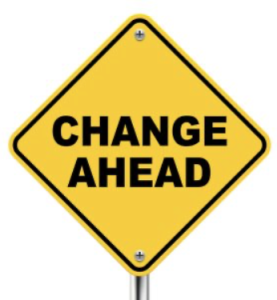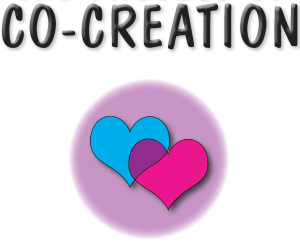Prayer Partners and Practitioners
I meet with two prayer partners and have a session with a Spiritual Practitioner once a month. Each relationship is unique and vital to my being. With one of my prayer partners we talk about spiritual principles, and our humanness. I shared an experience that activated my inner two-year-old and I didn’t want to play anymore. I could feel it and see it as it was happening. And learning to recognize limitations, I know that I am at choice with my feelings and behavior and don’t have to stay stuck, or in bondage, as Ernest Holmes would say. As I talked about my humanness, I saw the humor, and both of us start laughing. In the lightness of laughter, I saw that the comment someone made, was simply data about something I didn’t do. At first, I took it as a criticism. Then I realized that my behavior (the data), was not the truth of who I am, and I can change my behavior to live my truth. It gave me a totally different way to look at those words that seem critical. It is merely an opportunity to get back to my Truth. It is God nudging me to choose a course correction.
a Spiritual Practitioner once a month. Each relationship is unique and vital to my being. With one of my prayer partners we talk about spiritual principles, and our humanness. I shared an experience that activated my inner two-year-old and I didn’t want to play anymore. I could feel it and see it as it was happening. And learning to recognize limitations, I know that I am at choice with my feelings and behavior and don’t have to stay stuck, or in bondage, as Ernest Holmes would say. As I talked about my humanness, I saw the humor, and both of us start laughing. In the lightness of laughter, I saw that the comment someone made, was simply data about something I didn’t do. At first, I took it as a criticism. Then I realized that my behavior (the data), was not the truth of who I am, and I can change my behavior to live my truth. It gave me a totally different way to look at those words that seem critical. It is merely an opportunity to get back to my Truth. It is God nudging me to choose a course correction.
In practitioner training we would get a new pray partner every 10 weeks. My first prayer partner and I decided we would continue meeting with each other. from class. At first we would talk a little and go directly into prayer. Now our conversations are an hour long. It has been wonderful to see our time together expand and see our lives grow and manifest our prayers.
My monthly meetings with a Spiritual Practitioner, anchor me in my practice. It is a time of emptying out and refueling for the next month’s journey.
These meetings with pray partners and practitioner are compass to keep me on course.
–Maria
